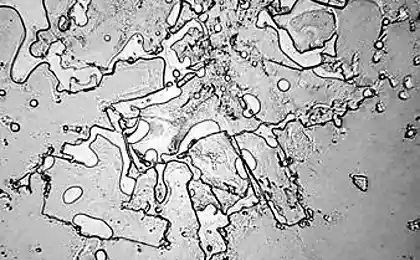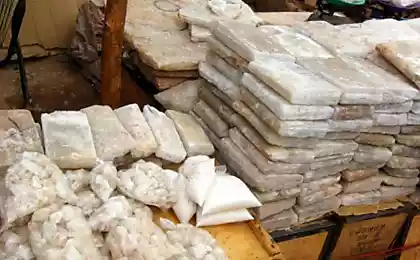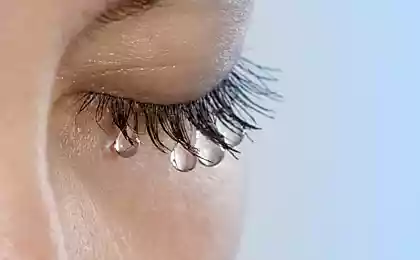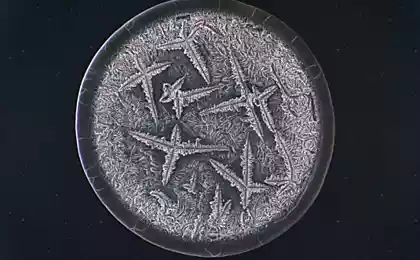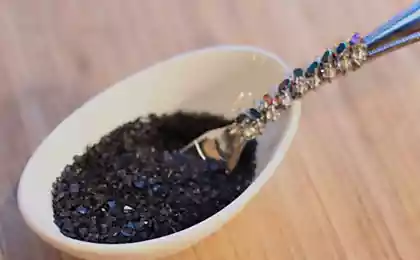862
The salt of human tears
Each of us has repeatedly experienced moments of sadness when I wanted to cry bitterly. It turns out all that remains after the dry tears of loss or painful parting, can be applied usefully. One of London's stores has decided to launch an unusual product - salt made from human tears.
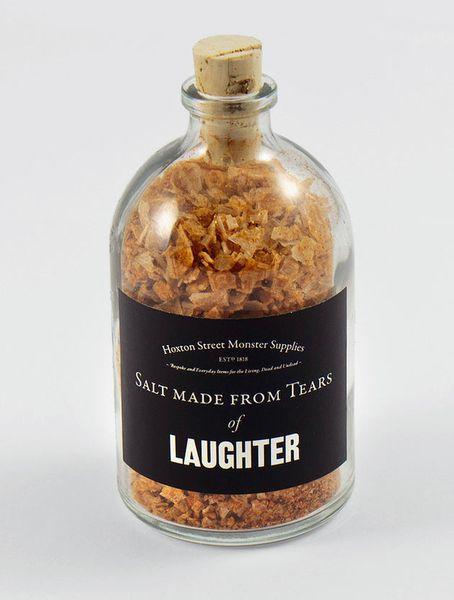
According to the manufacturer, London-based firm Studio Weave together with Halen Môn, Choice of salt is made of tears shed during the unbearable anguish and suffering. In conjunction with the delicate aroma of lavender, the salt is a "fresh tears of man." Their lightly boiled to highlight the salt crystals are harvested by hand, and, following a centuries-old tradition. We can assume that this salt is not only the saddest in the world, but also the work of collecting human tears are unlikely to bring much joy to man.
However, before you start to be filled with bitter tears, we should understand the method of its manufacture. Is it possible to use human tears for the manufacture of salt?
The average person through tears allocates very small grains of salt. To collect them, ophthalmologists are using special paper for analysis, but to collect the tears for the production of salt is more problematic. Probably, it will take tonyusenkaya pipette.
Manufacturers do not specify how they collect salt tears, but they offer the salt tears of emotions, ranging from tears while cutting onions, tears while sneezing, laughter to tears and sadness. Each of these types of salts are particularly successfully combined with certain dishes. For example, according to the manufacturers of unusual salt, salt melancholy well suited to dishes of lamb and fried potatoes.
Tears in 99 percent water, and only one percent of tears is sodium chloride, i.e. a salt or other inorganic substances.
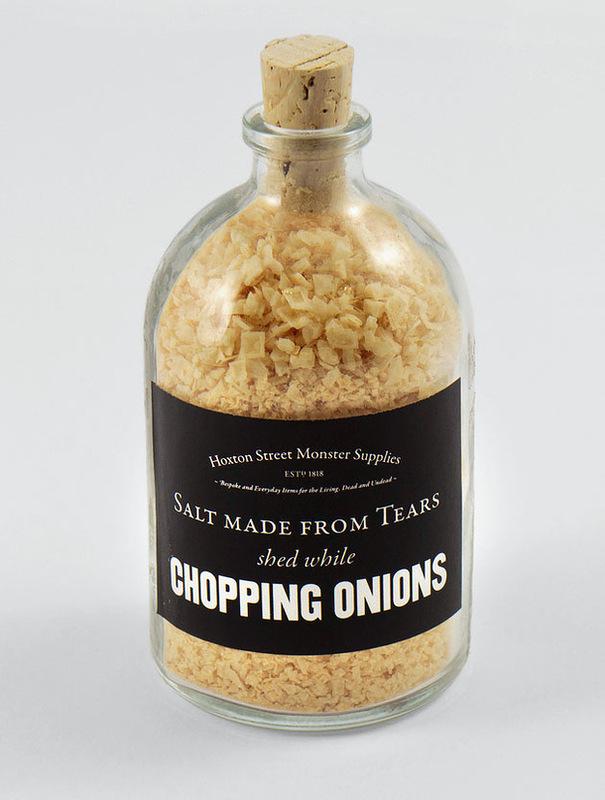
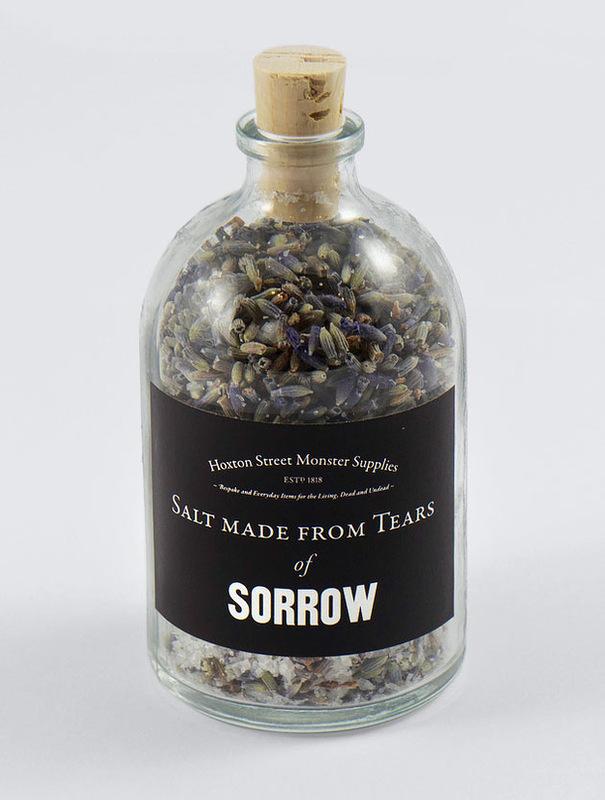
The lacrimal glands continuously produce tears that moisten and clean the eye. There are two types of tears: emotional, that we identify when experiencing stress, grief or joy, and those that stand for different types of stimuli, such as when we cut onions.
The chemical composition of tears, too unstable. Interestingly, emotional tears contain more protein-based hormones, which are produced during stress. This explains why when we cry, often a sense of relief. Just tears out chemical stress.
Source: muz4in.net

According to the manufacturer, London-based firm Studio Weave together with Halen Môn, Choice of salt is made of tears shed during the unbearable anguish and suffering. In conjunction with the delicate aroma of lavender, the salt is a "fresh tears of man." Their lightly boiled to highlight the salt crystals are harvested by hand, and, following a centuries-old tradition. We can assume that this salt is not only the saddest in the world, but also the work of collecting human tears are unlikely to bring much joy to man.
However, before you start to be filled with bitter tears, we should understand the method of its manufacture. Is it possible to use human tears for the manufacture of salt?
The average person through tears allocates very small grains of salt. To collect them, ophthalmologists are using special paper for analysis, but to collect the tears for the production of salt is more problematic. Probably, it will take tonyusenkaya pipette.
Manufacturers do not specify how they collect salt tears, but they offer the salt tears of emotions, ranging from tears while cutting onions, tears while sneezing, laughter to tears and sadness. Each of these types of salts are particularly successfully combined with certain dishes. For example, according to the manufacturers of unusual salt, salt melancholy well suited to dishes of lamb and fried potatoes.
Tears in 99 percent water, and only one percent of tears is sodium chloride, i.e. a salt or other inorganic substances.


The lacrimal glands continuously produce tears that moisten and clean the eye. There are two types of tears: emotional, that we identify when experiencing stress, grief or joy, and those that stand for different types of stimuli, such as when we cut onions.
The chemical composition of tears, too unstable. Interestingly, emotional tears contain more protein-based hormones, which are produced during stress. This explains why when we cry, often a sense of relief. Just tears out chemical stress.
Source: muz4in.net

